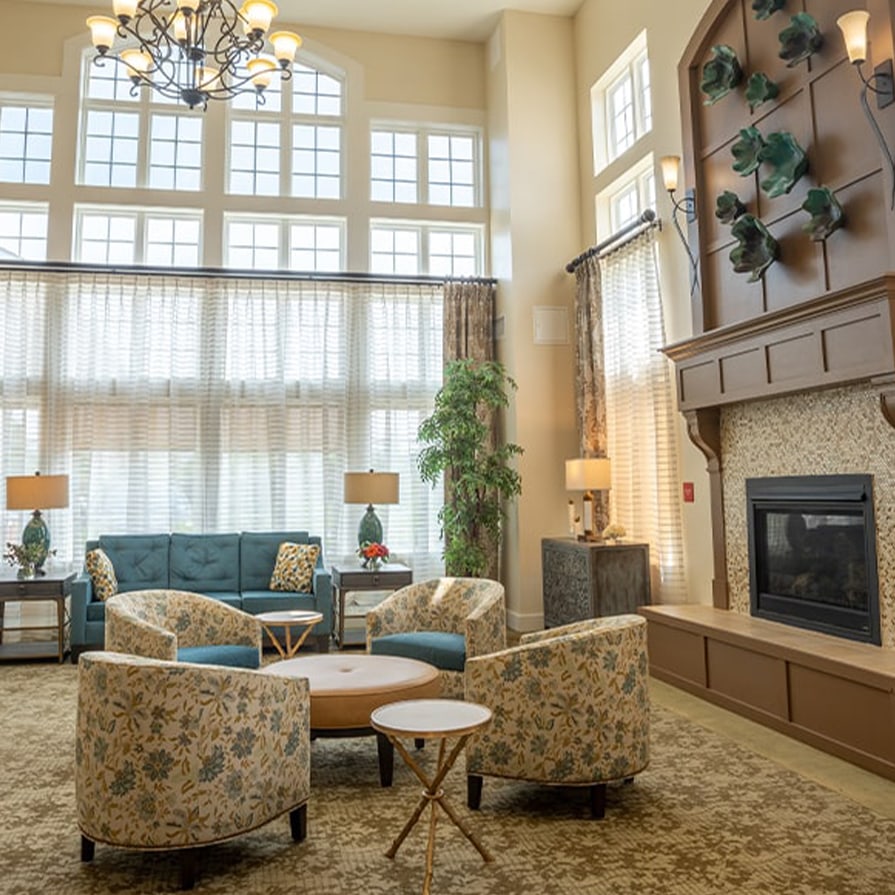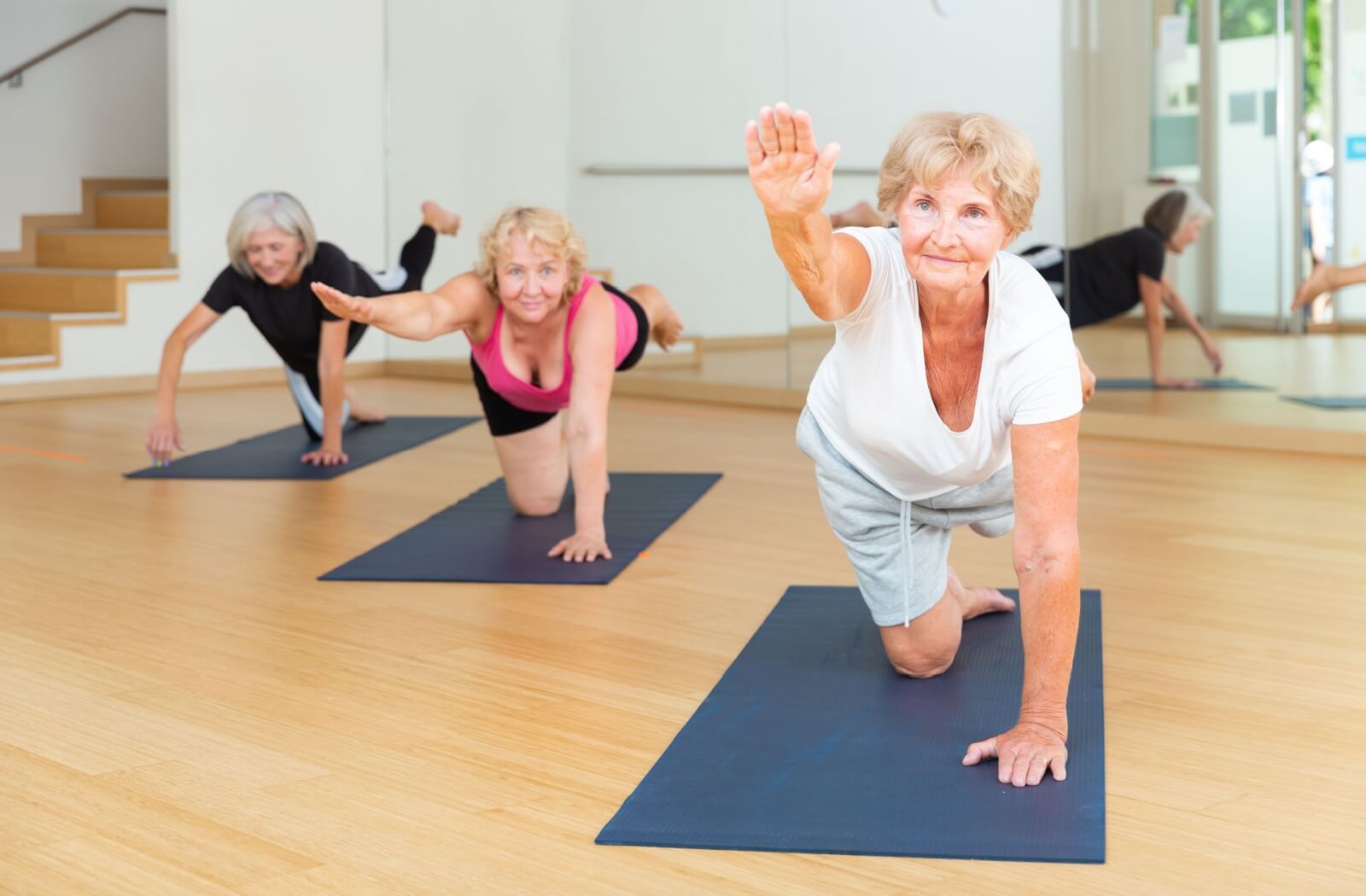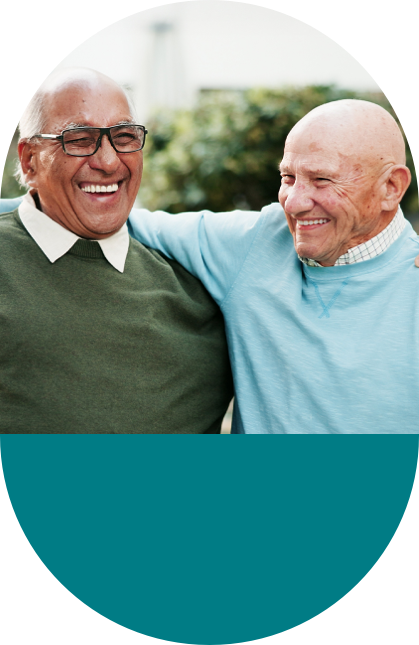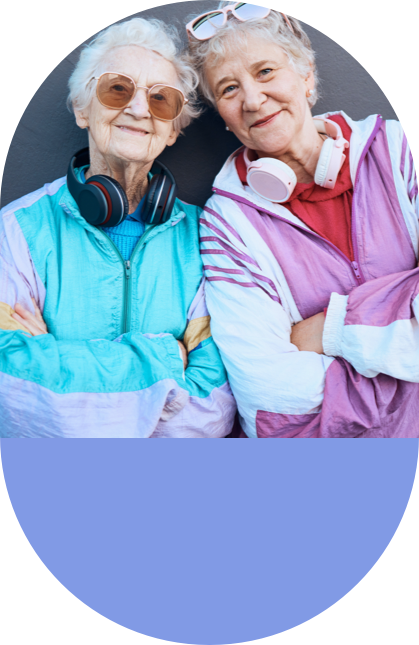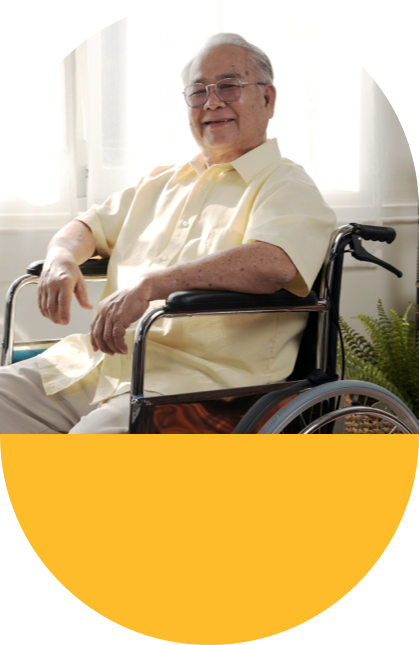Falls are more than just a stumble. They’re a leading cause of injury among older adults in the U.S.A. As we live longer, changes in strength, balance, and coordination can make everyday movements a little more challenging. But that doesn’t mean falls are inevitable.
Preventing falls in older adults starts with two simple strategies: building strength through basic balance exercises and creating a safer home environment. Together, these steps create more than just physical safety—they offer peace of mind and freedom of movement, both of which are key to independence and mobility.
The Risk of Falls for Seniors
While anyone can trip now and then, older adults are at a much higher risk of serious injury when they fall. Falls can lead to broken bones, head injuries, and long recovery times. However, the risk often begins long before the fall itself.
Some of the most common causes of falls in older adults include:
- Poor lighting or visual impairments that hide hazards
- Tripping hazards like cluttered walkways or loose rugs
- Underlying medical conditions affecting the body and mind
- Side effects from medications, especially those affecting balance
- Lack of handrails or grab bars in key areas
- Decreased muscle strength or joint stiffness
- Slippery floors, especially in bathrooms and kitchens
Being proactive about fall prevention means recognizing these risks and planning ahead. Safety starts at home, after all.
Senior-Friendly Balance Exercises to Reduce the Risk of Falls
Adding a few simple movements to your loved one’s routine can go a long way in protecting them from injury. These balance exercises are gentle on the body and can be done at home.
1. The Heel-Toe Walk
This exercise is a simple way to build the leg muscles used for stability. Your loved one can perform this exercise by:
- Choosing a clear area.
- Positioning themselves upright with their feet together.
- Placing the heel of one foot against the toes of the other.
- Holding this position, then moving the opposite foot forward until the heel touches the other foot’s toe.
- Repeating, maintaining a steady pace.
This only takes a few moments, but can steadily improve a person’s balance and posture.
2. The Single-Leg Stand
The single-leg stand helps improve overall balance and coordination. It’s particularly helpful for the lower body. Here’s how to perform this exercise:
- Stand next to a sturdy surface, such as a wall or a chair, for support if needed.
- Shift weight onto one foot, lifting the opposite foot off the ground.
- Hold this position for 10 to 30 seconds, maintaining a steady posture.
- Switch legs and repeat the process.
It’s helpful to practice this regularly to see gradual improvement.
3. Marching in Place
This gentle exercise is great for warming up the body and boosting circulation. Your loved one can do this by:
- Standing near a sturdy chair or countertop.
- Lifting one knee up as high as comfortably possible.
- Lowering it and repeating with the other knee.
- Alternating for 30 to 60 seconds.
Marching in place builds core and leg strength while keeping the body engaged.
4. Side Leg Raises
Side leg raises are a targeted way to strengthen the hip muscles, which are essential for lateral stability. Follow these steps:
- Stand upright and hold onto a chair or counter.
- Lift one leg straight out to the side without tilting your torso.
- Pause at the top, then lower your leg slowly.
- Repeat 10 to 15 times on each side.
This movement can be a big help in preventing sideways falls or stumbles.
5. Wall Push-Ups
Upper body strength also contributes to steadiness. Wall push-ups are a safe way to build that strength. The steps involved are simple:
- Stand facing a wall, about arm’s length away.
- Place hands flat on the wall at shoulder height.
- Slowly bend your elbows and lean toward the wall.
- Push back to the starting position.
- Repeat 10 to 15 times.
This can also help improve posture and joint flexibility over time.
6. Sit-to-Stand Repeats
This functional exercise mimics one of the most common daily movements—standing up from a chair. It’s excellent for improving leg strength. Here’s how to do it:
- Sit upright in a firm chair, feet flat on the floor.
- Cross arms over the chest or place hands on the thighs.
- Slowly rise to a standing position.
- Pause, then sit back down with control.
- Repeat 10–15 times.
This can be easily incorporated into a routine, making it an accessible and effective exercise.
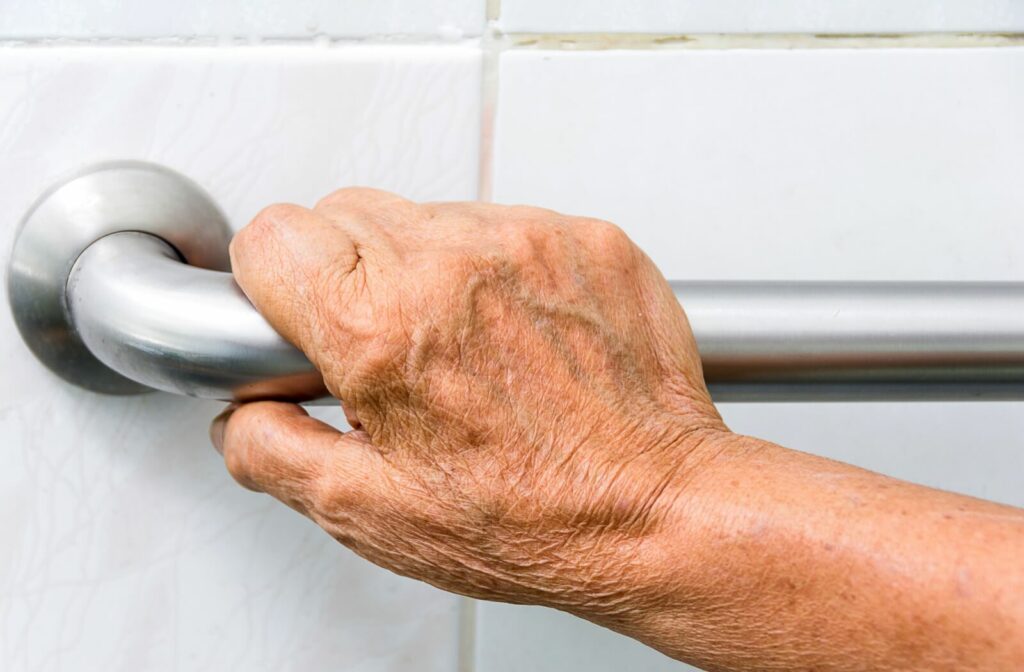
Home Modifications to Make Your Loved One’s Home Safer
While exercises build the body, the home environment plays an equally important role in preventing falls. A few changes can make everyday tasks far safer and reduce the chance of injury.
Here are a few home tips to reduce the risk of falls:
- Remove clutter and cords from walkways
- Install grab bars in bathrooms, especially near the toilet and in the shower
- Add non-slip mats inside tubs and on bathroom floors
- Upgrade lighting, especially in hallways and stairwells
- Rearrange furniture to keep walkways open and clear
- Use contrasting tape or markers on stair edges to increase visibility
- Secure rugs with non-slip backing or remove them altogether
- Store frequently used items within easy reach to avoid climbing or stretching
These small changes make a big difference. They can transform the home into a more supportive space for older adults.
When to Consider a Move to Senior Living
Sometimes, even with home safety modifications and exercises, a person may need more support. If this is the case, it’s time to consider a move to senior living. A community like ours at Juniper Village at Washington Square can make a significant difference in your loved one’s everyday health and safety.
These signs all indicate it’s time for a move to senior living:
- Frequent slips, near-falls, or minor injuries at home
- Increasing difficulty with mobility or daily activities
- A home that can’t be fully adapted for safe living
- A desire for more connection, routine, or peace of mind
From wide, open hallways to fitness programs and grab bars in all the right places, every feature is chosen with safety in mind. If you recognize these signs, please reach out to our team.
A Safe, Supported Life for Your Loved One
Senior living is more than just a place to live. It’s about finding the balance between independence and daily support. At Juniper Village at Washington Square, we excel in this area.
Every Juniper community is designed with safety at the front of our minds—and we’re ready to help your loved one. Contact our team today to schedule your visit, and let’s work together to give your loved one the safe, supported life they deserve.

